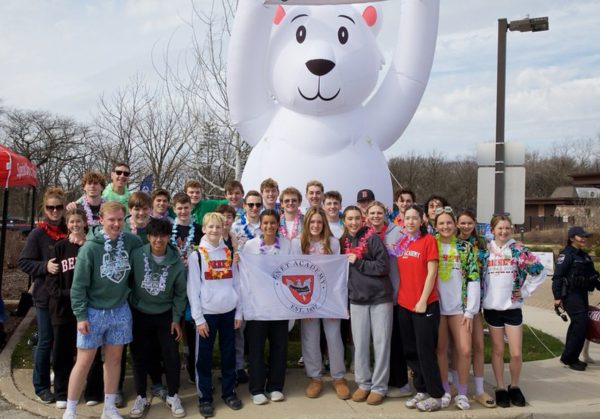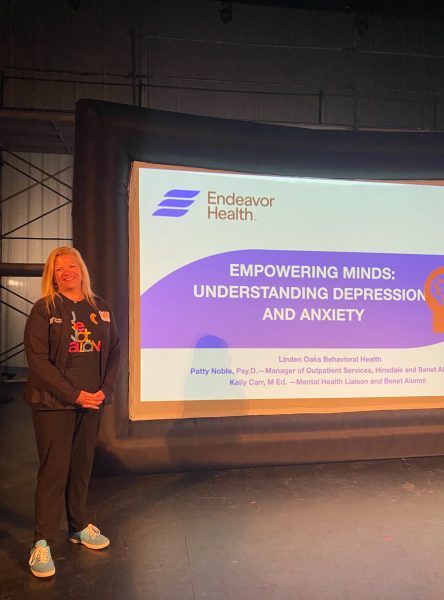California’s Wildfires
Wildfires in California are not unheard of. According to the New York Times, California is the ideal environment for fire formation. Warm, summer weather dries out the state’s accumulated plant matter, essentially preparing fuel for burning. A single spark of natural or human origin ignites this fuel, starting a blaze that devours land, destroys homes, and takes lives. The New York Times states that natural causes for a spark often include lightning strikes, which were the cause of the August Complex fire. Human-caused sparks can come from industry-scale disasters such as power line malfunctions or, most disturbingly, carelessness. The El Dorado fire, for instance, was caused by a couple’s misuse of a pyrotechnic device at a gender-reveal party for their baby. Despite almost routine beginnings, the 2020 California wildfires are historically large an

d historically destructive. According to Cal Fire’s daily updates, as of October 12th, there are currently fourteen major wildfires, thirty-one lives lost, over 9,200 structures destroyed, and more than four million acres of land burned.
It is clear that this year’s wildfires are especially bad. The most outstanding of all these fires is the August Complex fire in northern California, which recently received the rare status of “gigafire.” For a wildfire to be classified as a giga fire, it must cover a staggering area of one million acres—a swath that the August Complex fire just recently surpassed. Despite its apocalyptic nature, it is but one of the several fires that ravages the west coast. As far as we know, the reason for this year’s fire disasters partially lies in climate change. Warmer-than-average temperatures caused by the increase in greenhouse gases such as carbon dioxide deplete plant matter of water, preparing fuel faster than ever before. In addition, years’ worth of fuel that would have burned regularly in naturally occurring fires has been carefully preserved, only for use in today’s devastating blazes. In an attempt to reduce destruction, government fire suppression has only delayed it. The final and most immediate cause is the spark itself, which can have two distinct origins: natural or human. And now it seems that it is up to us to work toward a solution to the fire and environmental crisis.
Our job now is to reverse the damage, which is a daunting task. Although it is indeed a global effort, individuals can play a key role in easing the strain on our planet. The best way to do this is to reduce waste: food waste, water waste, energy waste, and the waste of resources like fossil fuels. Doing simple, everyday actions like shortening a shower, walking instead of driving, using a refillable water bottle, and installing energy-efficient LED light bulbs can add up to a huge change if everyone commits to doing them. In addition, individuals can band together to lobby for climate-focused legislation. Adopting a climate-friendly lifestyle does not have to mean turning one’s life upside-down; rather, it should emerge from a more thoughtful perspective on how our actions affect the world.











